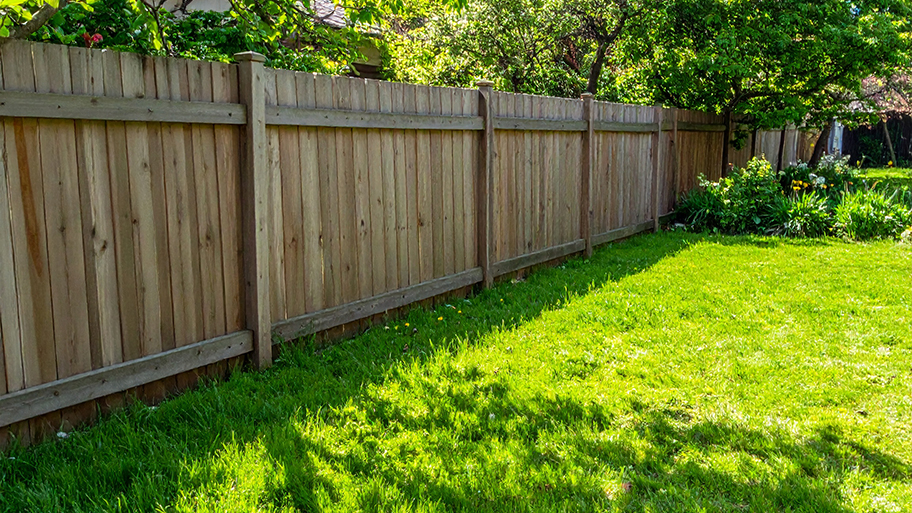
There are many dog fence options, from tall privacy fencing to wireless underground electric fences. Here's how much it costs to install a dog fence.
Try these tricks before they attempt a great escape


There are plenty of surprises that come with owning a dog, but few are as stomach-dropping as the moment when you realize your pup has leaped over the fence keeping them in your yard. Whether they’ve escaped due to a lack of physical or mental stimulation or because they’re trying to catch something beyond the barrier, there are many ways to stop this kind of behavior and save your dog from getting lost. This guide breaks down all your humane options to keep your dog from jumping the fence, depending on why they’re doing it in the first place.
Dogs do wild things for a lot of reasons, but being bored or not getting enough exercise are among the most common. In order to know how to keep your dog in your yard, you have to know what’s motivating them to escape to begin with. If you’re unsure what’s happening, supervise your dog’s outdoor time to better understand the situation. Watch out for anything instigating their behavior (like birds or squirrels beyond the fence) and keep it in mind to find the best solution.
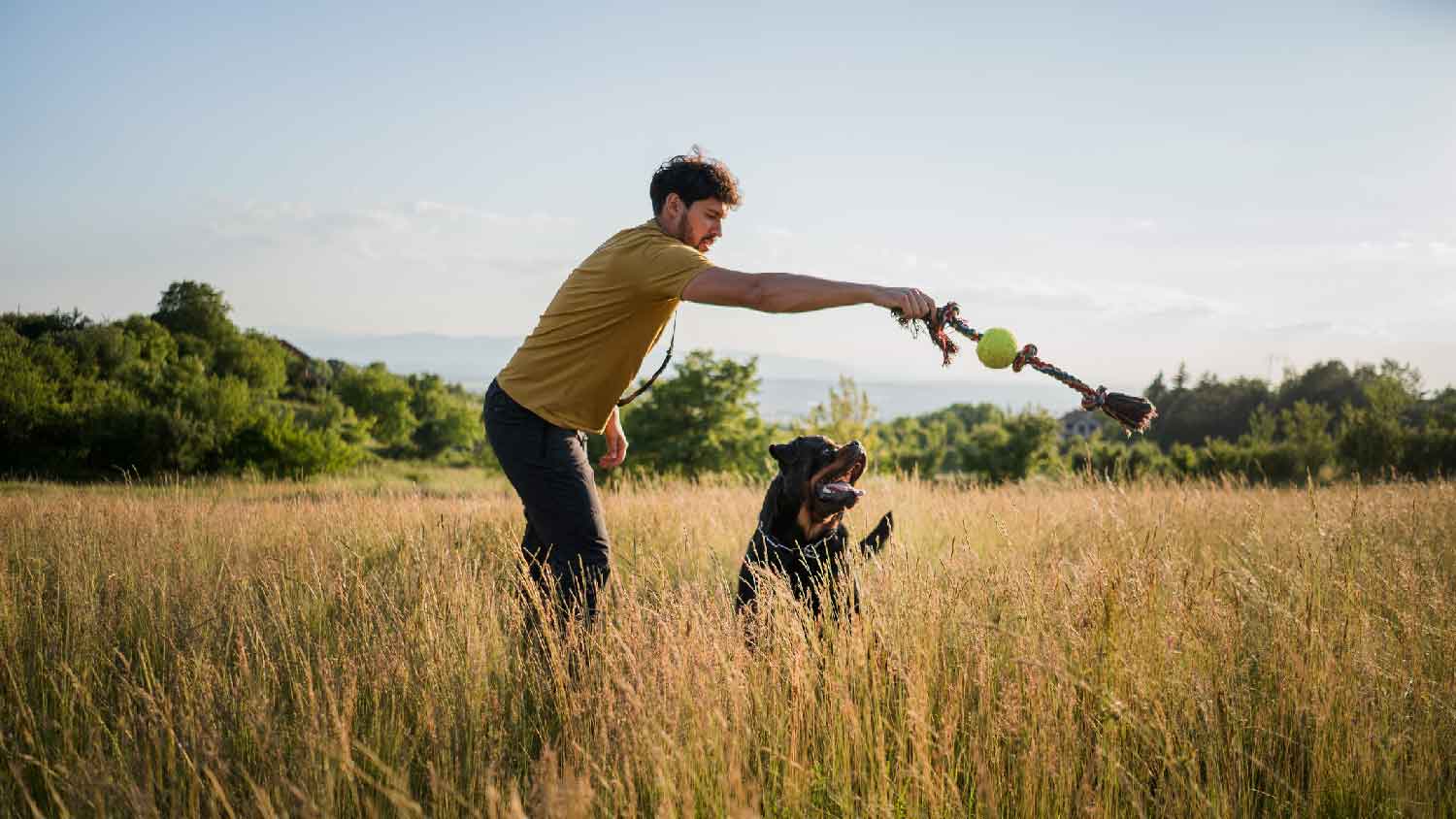
Before taking more drastic measures—like installing a new fence or updating your gate latch type—increase your dog’s daily exercise and see what kind of effect it has. Even with access to a fenced-in yard, your furry friend might still not get all the physical activity they need. Some breeds require up to 90 minutes at an elevated heart rate to feel their best, so try adding walks or trips to the dog park to their routine to limit restless behavior.
Besides physical exercise, mentally stimulating activities greatly reduce boredom in dogs. Engage your pet’s interest by throwing a ball around a couple of times a day or setting up a puzzle they’ll love. Give them plenty of time to sniff and explore on walks, too. That way, they won’t have to look for stimuli—like birds or squirrels—outside your fence to get the excitement they need.
Many dogs dig out of boredom. If your pooch is trying to tunnel under your fence, providing plenty of exercise and stimulating playtime should help.
A dog run is an enclosed space within a yard that’s usually surrounded by chain link fencing. It’s designed to give your furry friend all the room they need to run and jump without the risk of escaping. If you don't have the DIY experience, hire a local chain link fence installer to build your pups the perfect play space. While this solution is a good quick fix, remember that it’s no substitute for quality time with you. Your pup may still exhibit signs of boredom if they aren’t getting the right amount of exercise and activities.
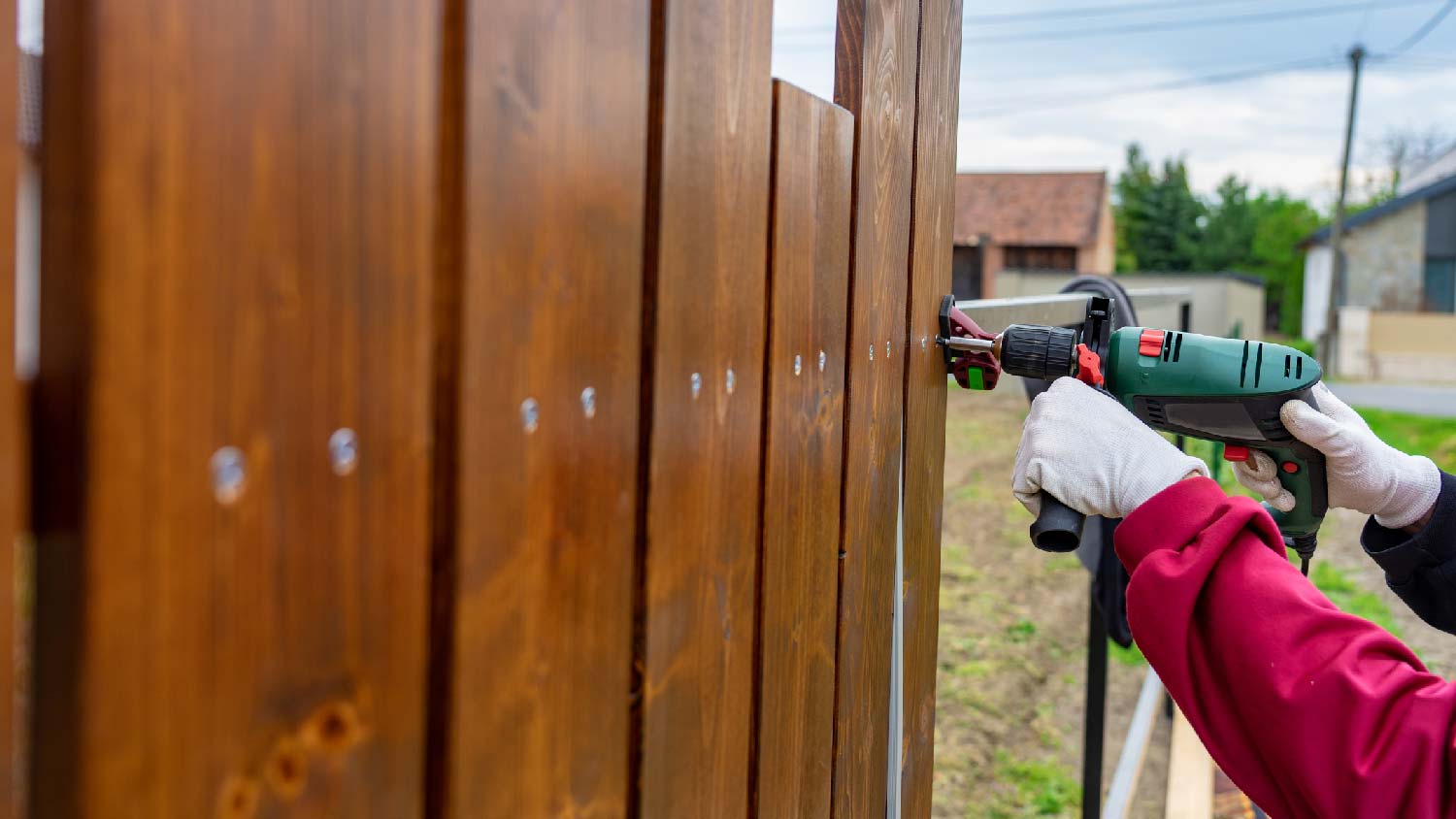
Privacy fences are taller than typical fencing to block outsiders from looking in, and they have the added benefit of being harder to traverse for your dog. Unlike picket or chain link fencing, they’re also harder to see through, which means fewer opportunities for your pup to get riled up by birds or the like.
Installing a privacy fence is a lengthy endeavor that involves completely overhauling your current system. If you don’t have the budget or time for such a project, adding an extension to the top of your current setup is much quicker and more affordable to do and will stop your dog in its tracks. Alternatively, consider putting up a DIY temporary fence until you have the resources for privacy fencing.
If extra fence height is not enough to deter your canine, consider adding coyote rollers or netting instead. Coyote rollers are exactly what they sound like—rolling bars that attach to the top of a fence and prevent coyotes from getting a good grip and entering your yard. As a bonus, this feature also helps dog-proof fencing for pups who love to jump. Netting performs similarly, but it can be a choking or strangling hazard if not installed properly. Hog wire fencing poses fewer risks but can be more costly.
A motivated dog will find any way to jump over a fence, so removing anything that might aid them in their quest is important. That includes common landscaping features, like large rocks, benches, and fountains. Transfer anything your dog can jump off far from your fencing to keep them in the yard.
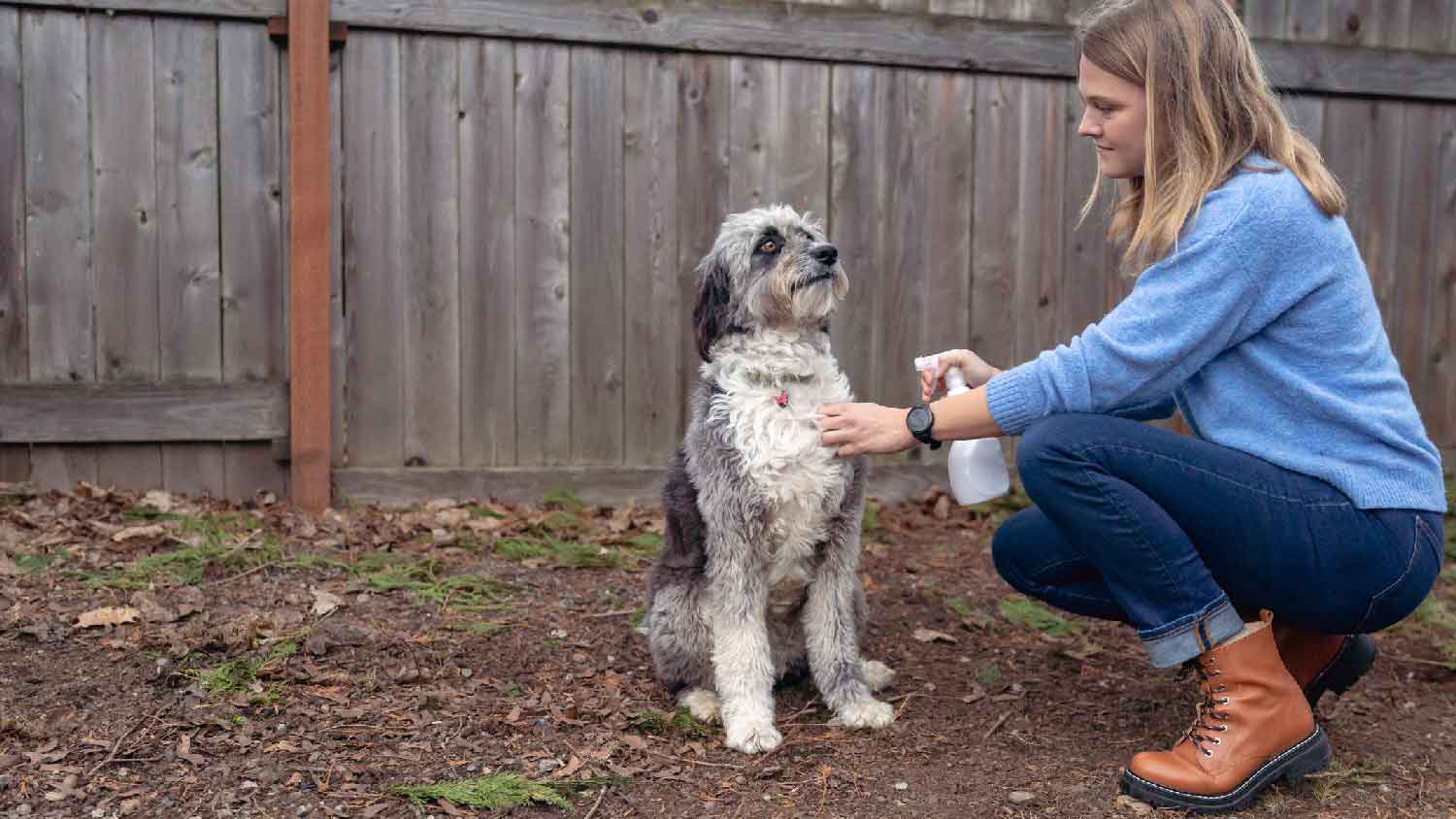
Another thing that motivates dogs to jump fences is the desire to find a mate. If your pup is otherwise well-behaved but suddenly attempts to escape when they’re in heat, that’s a sign they need to be neutered or spayed. In addition to reducing their natural mating instinct, taking these measures can also increase their lifespan by up to 23%, according to the Humane Society.
Dogs are more likely to attempt escape when they’re not being watched. If such behavior is becoming more and more frequent, supervise all their outdoor time. Use this opportunity to encourage new behaviors or engage them in physical or mental activities to reduce boredom. In the end, you may find that what they actually needed was more time with you.
It’s easier to control the unwanted behaviors of dogs if they’re well-versed in basic commands. Use supervised outdoor time to teach or reinforce simple orders like come and sit, and always reward good behavior with lots of love and treats. Before you know it, they’ll forget about jumping over the fence the moment you say stop.
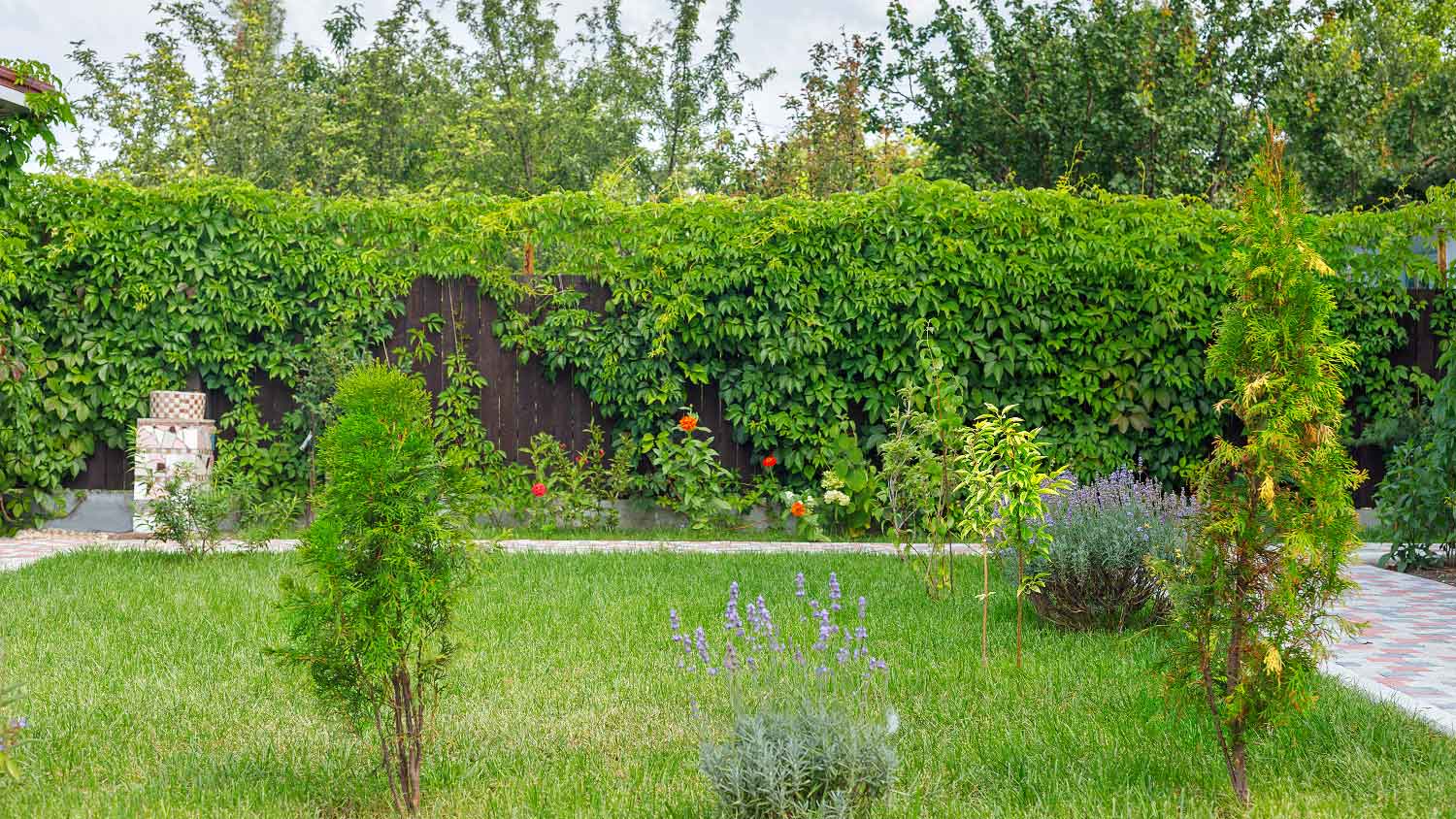
During supervised outdoor time, pay close attention to your pup and what may be triggering them. Once you detect stimuli, whether that’s the mail person during their daily delivery or a hyperactive squirrel, take steps to limit your pup’s exposure to it. You can do that by creating obstacles to block their view, like installing bushes or vine plants on your fence. It could be worth it to hire a local landscaper to beautify your outdoor space while protecting your pup. Or you can plan to keep your dogs inside at especially active or noisy times of the day.
Depending on where you live, loud noises can be inescapable. If there’s no way to quiet the outside world for your furry friend, getting them used to such sounds is the next best step. You can do this by exposing them to audio while they’re doing something they love. Do it in short bursts to avoid overwhelming them. Over time, they’ll come to associate all that racket they used to hate with their favorite activities and be less inclined to jump fences when they arise.
From average costs to expert advice, get all the answers you need to get your job done.

There are many dog fence options, from tall privacy fencing to wireless underground electric fences. Here's how much it costs to install a dog fence.
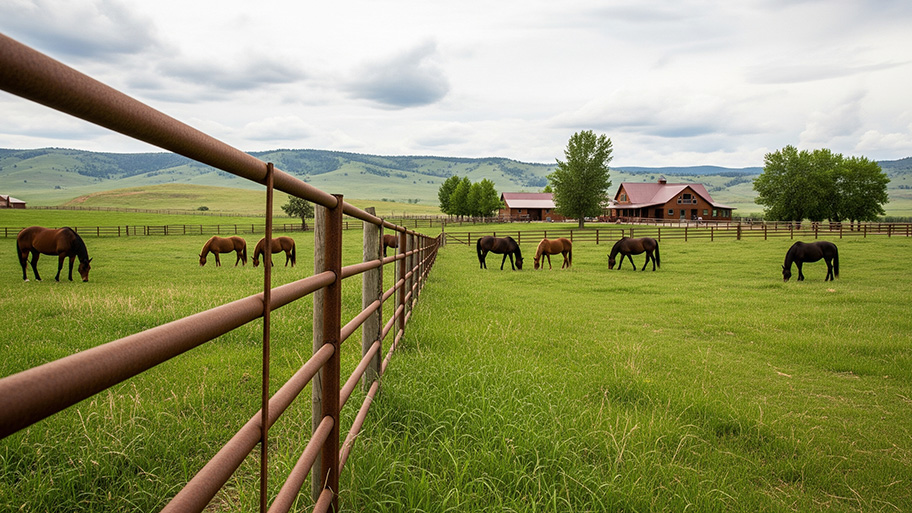
Pipe fencing is an extremely strong, durable option for containing horses and other livestock. This guide breaks down the factors that affect pipe fence cost.
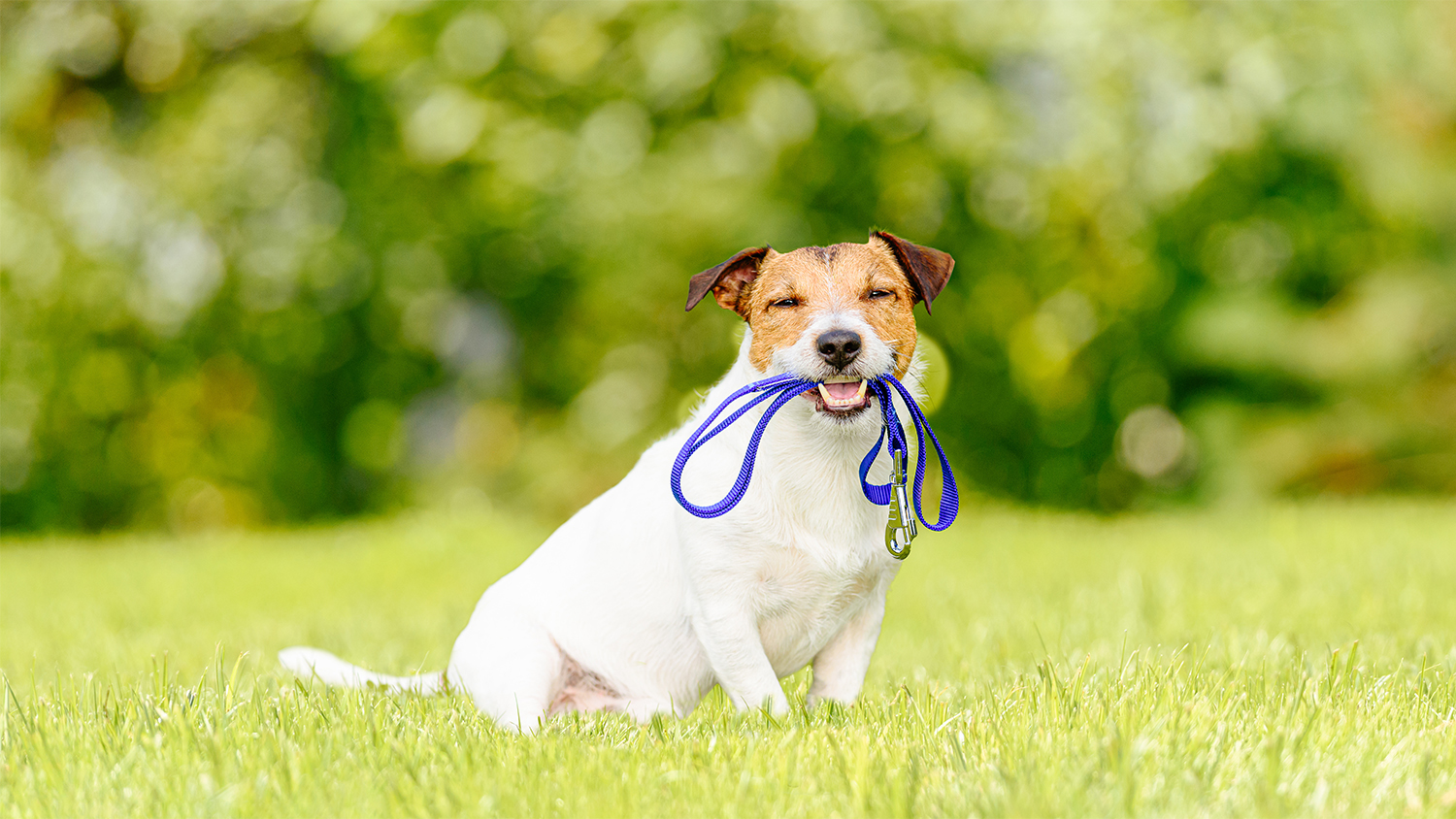
Find out the invisible fence installation cost. Learn about average prices, key cost factors, and tips to save on your pet’s safety solution.

It’s essential to give your dog a safe place to run and play. Learn which are the best fences for dogs so your pet can freely enjoy the outdoors.

Does your normally cool-headed dog go berzerk when they spot your neighbor’s pooch through a fence? Try these 10 tips to prevent dog fence fighting.

Keep your pet safe and secure by learning how to locate and fix breaks in an invisible dog fence with these step-by-step tips.